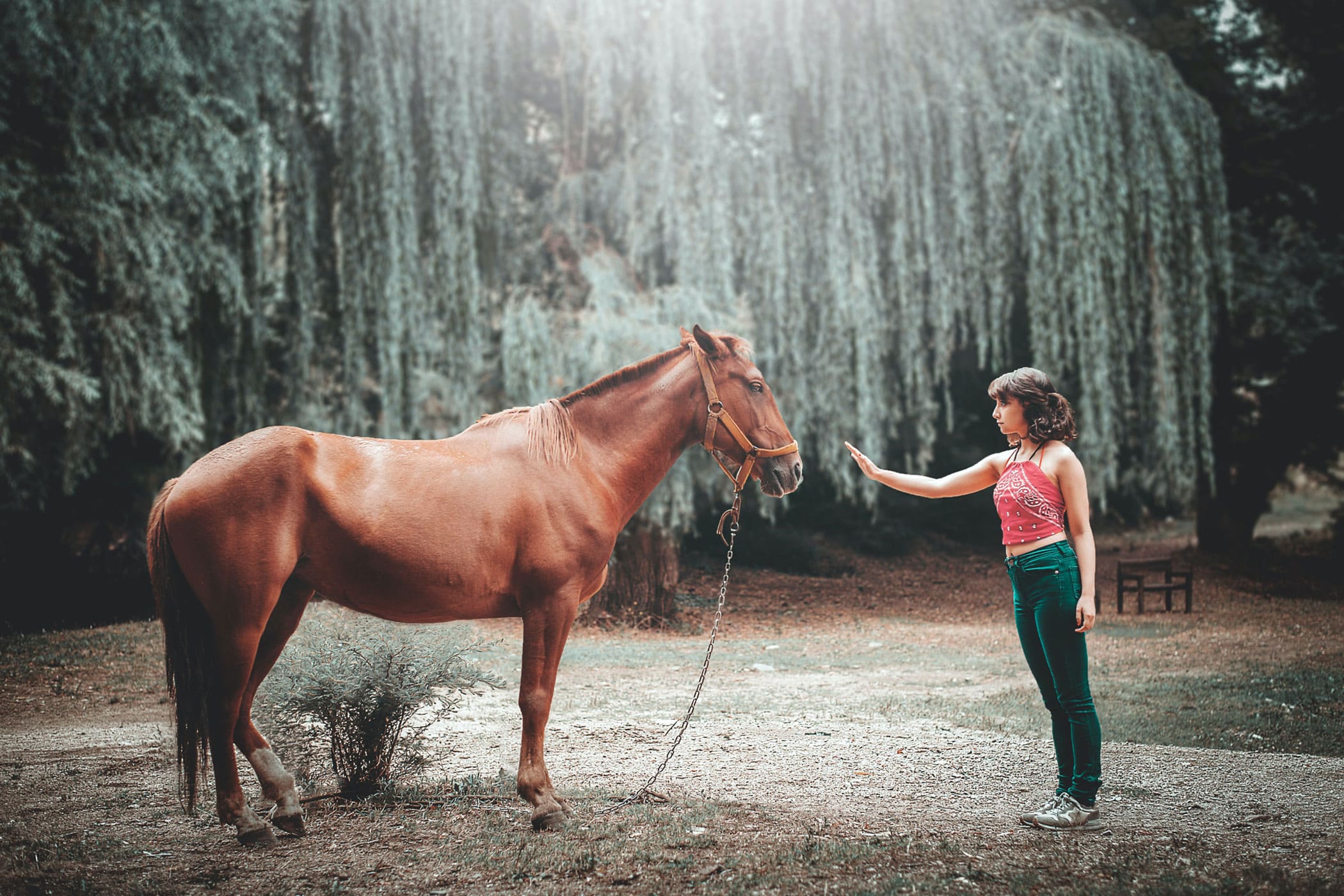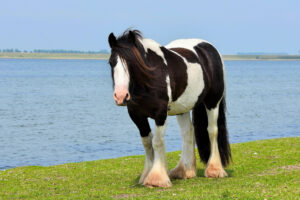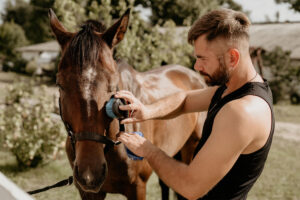
Understanding and managing horse herd dynamics is crucial for horse owners and enthusiasts alike. As social animals, horses form complex relationships within their herds, which can evolve and change over time. Whether you’re introducing a new horse to your existing herd or dealing with shifts in hierarchy, having the knowledge and tools to navigate these dynamics is essential. In this guide, we will explore the intricacies of horse herd dynamics and provide practical advice on how to adapt to and maintain a harmonious equine group.
1: The Social Hierarchy of Horse Herds
Horse herds have a structured social hierarchy, where each member occupies a specific rank or position. Dominance and submission play key roles in this hierarchy, with leaders emerging as the alpha or dominant horses. Understanding the social dynamics and recognizing the behaviors associated with each rank can help you interpret and manage interactions within your horse herd.
2: Communication and Body Language
Horses communicate through a complex system of body language and vocalizations. They use various signals, such as ear position, tail movement, and vocal cues, to express their intentions and emotions. Learning to interpret these signals can provide valuable insights into the mood of individual horses and the overall dynamics within the herd. By observing and understanding their communication patterns, you can identify potential conflicts or changes in the herd dynamics.
3: Introducing New Horses to the Herd
Introducing a new horse to an existing herd requires careful planning and consideration. Horses are highly territorial and establishing a new pecking order is common when introducing a newcomer. Gradual introductions, such as through a fence or a shared space, can help minimize stress and aggression. Monitoring the interactions closely and providing ample space and resources for all horses can facilitate a smoother integration process.
4: Managing Shifts in Leadership
Leadership within a horse herd can change over time, especially during significant life events or when new horses join the group. Shifts in leadership can lead to temporary unrest and conflicts as horses establish their new roles. As a horse owner, it’s important to monitor these changes and ensure a smooth transition by providing guidance and reassurance to the horses. Consistency in handling and training practices can help maintain stability within the herd.
5: Maintaining a Harmonious Herd Environment
Creating a harmonious environment within your horse herd involves promoting positive interactions and minimizing stressors. Providing ample grazing areas, water sources, and shelter for all horses is crucial to prevent resource-related conflicts. Regular exercise, socialization, and mental stimulation can also contribute to a balanced and contented herd. Monitoring the overall health and well-being of individual horses is essential to addressing any issues promptly.
Conclusion: Understanding and managing changes in horse herd dynamics is a vital skill for horse owners. By familiarizing yourself with the social hierarchy, communication patterns, and behaviors within horse herds, you can foster a harmonious environment and ensure the well-being of your equine companions. Whether you’re introducing new horses or dealing with shifts in leadership, the knowledge and strategies provided in this guide will help you navigate these changes with confidence. By maintaining a balanced and cohesive horse herd, you can enhance the overall quality of life for your horses and enjoy a fulfilling equestrian experience.






